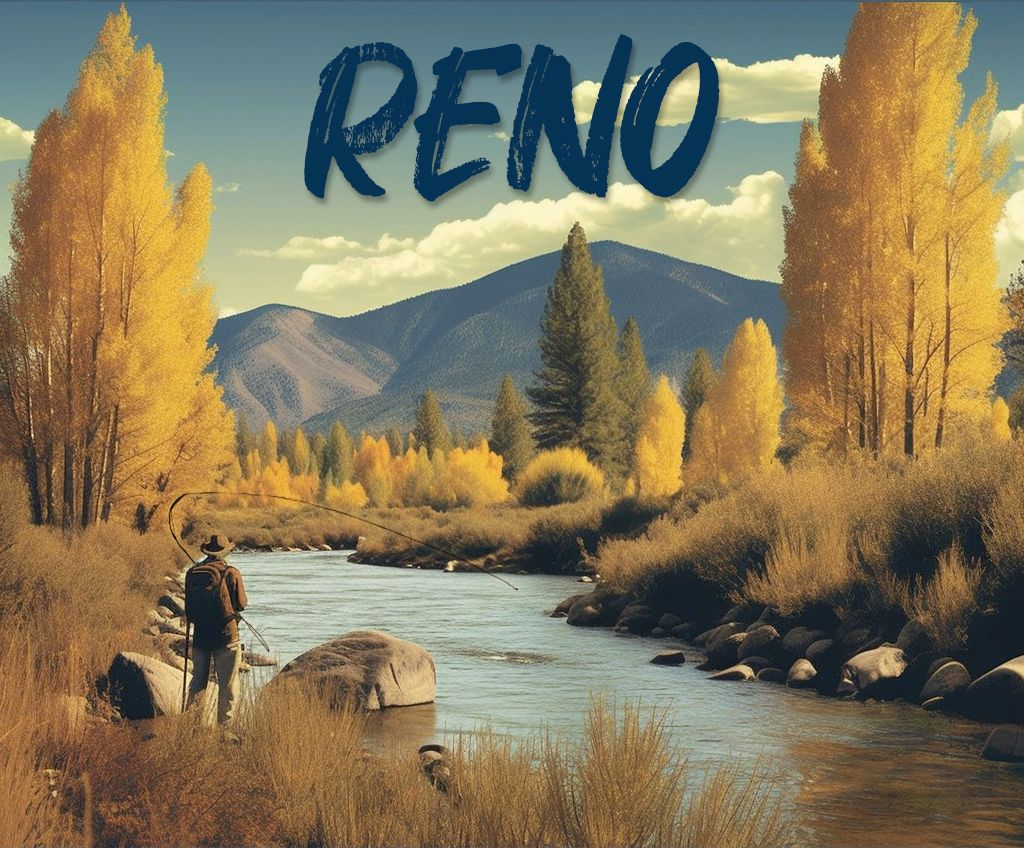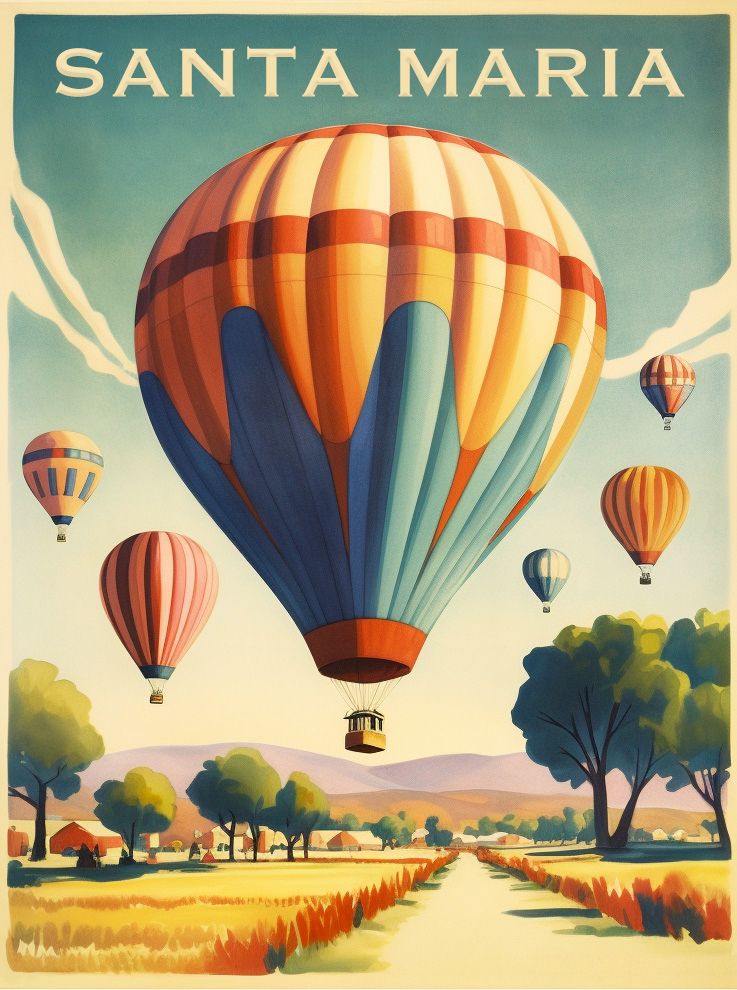
The Romance of Real: Trends in Travel & Tourism

We live in a world of deep fakes, Instagram filters, and AI. A large majority of the information we interact with has been created, filtered, or optimized by technology. And, while this leaves much to desire for opportunity, it also leaves a void for trust and authenticism from the creators.
This emptiness can only be filled with “real” people, real connections, real experiences. Shoot, the best app of 2022 was BeReal, the social app that forces you to post at a specific time—and without filters.
Travel is and always will be the best lens to look at life with. You can put on your “I’m brave” filter as the plane reaches altitude during your skydiving trip. Perhaps your “fake smile” one when you arrive at a distant family reunion. Or maybe even your “heart eyes” filter for that trip to Bali with your partner. (Talk about a REAL win.)
With the romance of real comes the next stage in travel marketing. Although many trends may come and go, these are the ones that I’m most excited about for the travel and tourism industry:
Redefining the Brand
Brands matter. Their values. Their mission. Their place in the world. And since 2020, brands have had to reach deeper to define what they stand for to be culturally relevant. This includes topics such as sustainability, inclusivity, social responsibility, employee rights, and more. The alignment of values with a customer creates an emotional connection. 80%+ consumers are inclined to buy from a brand whose values align with their own. 90% of Gen Z base their brand loyalty on shared values.
In other words, doing good is good business.
Take it from Patagonia, who has led the charge well before 2020. They have clear brand values: purpose over profit that protects the environment. Their actions speak to this, and they’ve built a loyal following.
Travel and sustainability need to align. It’s important for organizations to provide specific tools or actions that show they’re helping sustain their destination. Otherwise, the destinations that fall flat on their actions may be accused of purpose washing.
Below are a variety of examples of what’s possible:
- Visit Iceland provides not only sustainable actions they’re doing, but ways for travelers to offset their carbon footprint with this interactive quiz. They are leading the charge for sustainable tourism in their country.
- Google Maps now provides ways for better travel by providing the most fuel-efficient route to your next destination.
- Regenerative travel not only focuses on sustainability and environmental responsibility, but actively attempts to leave the environment in a better place with each visit. With this approach, travelers are welcomed by locals.
The goal for travel brands is to look at their community, their destination, and their audiences to define their values and what’s important to them. And then build out an action plan to live those values.
Making Connections to AI
If you haven’t heard of the power behind AI yet, you probably let your AOL account lapse… which also means you most likely aren’t reading this article. 2023 undoubtedly marks the year of AI. This year unleashed ChatGPT, Bard, and many more services from big and small companies. However, the more important piece is that AI finally matters. Over a few months, it’s evolved from a buzzword to mainstream.
In addition to providing quick answers (with a whole lot of confidence), AI has also powered the “calculators for creative.” We give input and AI ideas start to form that are fairly close to looking photo-realistic. MidJourney was one of the first, and it’s been a great tool for concepting creative ideas.

To the common person, it’s only getting more confusing. Meta just announced CM3leon, which will allow people to easily not only fabricate their life with words on social media, but now with images. We are building a digital world of make-believe. (Perhaps this is what Meta wants to increase signups for the Metaverse.)
However, the opportunity for AI-generated visual content may reside in personalization. Imagine if an AI generator could connect with a person’s social account or pull a picture from public data. When the person is doing research for their next vacation, they are greeted on the homepage with an AI-generated scene of themselves seeing the northern lights for the first time. Or embracing their partner underneath a waterfall. The possibilities are endless.
Personalization then becomes a much more effective tool to not imagine, but show oneself experiencing the destination.
The Dance Between Privacy and Personalization
As travel marketers, we make decisions based on our current and potential travelers’ geographics, demographics, psychographics, and behavioral actions. We want to fully understand our audience to know what will inspire them. We want to leverage the most efficient channels to avoid clutter and connect. We want to ensure every dollar spent has the potential to convert. To do this, we need to have advanced knowledge of who they are.
On the other hand, a person’s information needs to be protected. As consumers, we’ve seen our data misused, hacked, stolen, used against us, exposed, and sold. We’re very cautious on what type of information we share.
80% of consumers are more likely to purchase from a brand that provides personalized experiences. And yet, 2/3rd of consumers would lose trust in a brand if they misused or were not transparent about how they used their data.
This is an important balance to provide the most personal experience while protecting and being transparent about the personal data we collect. Here are a few options to consider:
- Opt-In - Build personable experiences based on how the user interacts with their site, allowing you to ask questions upfront and then provide easy-to-navigate seasonal content. Below are a few great examples:
- Visit Boise - A great “quiz-like” tool to get people to find the content they desire based on when they want to travel and what they’re interested in
- Snowmass - The seasonal content to switch from summer and winter is such a nice way to show off the diversity of a destination.
- Contextual - Use location, device type, and behavior to deliver a personalized experience without needing PII. We see these done with platforms such as VWO and Bound.
- Emerging technologies - We mentioned the possibility of AI, but other tools can include more interactive digital and video experiences, like the following:
- Discover Hong Kong - This provides a “choose your own adventure” interactive video series, highlighting the variety of foods in Hong Kong. They also have a nightlife series as well.
There are exciting opportunities ahead in building personalized experiences while meeting the much-needed requirements of personal privacy. Both can complement one another to create immersive experiences that leave a memorable impression.
Dreamvertising
One could argue that dreams have a direct relationship with where we travel. We fantasize about adventure before booking a flight to distant lands. As we imagine relaxation and look for deals on all-inclusive resorts, we start to smell the pina coladas.
Dreamvertising takes this another step forward. This uses targeted dream incubation to plant a seed in hopes a specific dream topic may occur. It attempts to connect visual media to our subconscious.
Sound far-fetched? Of course it does. But it’s actually already been tested in previous campaigns.
Coors Light used this approach with The Coors Big Game Dream experience. They sought a way to combat Anheuser Busch’s firm hold on the Super Bowl. A dream psychologist helped them understand what causes viewers to have pleasant dreams set in mountain scenes. It worked! People reported dreaming of mountain hilltops and refreshing waterfalls as well as Coors itself.
As we continue to understand the connection between dreams and reality, this side of marketing is fueled with concerns about ethics and manipulation, while other sides discuss possibility and inspiration. Sure, the field is still in its infancy. But, if organizations can find common ground on these topics, this could open the door for some very creative destination marketing in the future whether it be inspiring travel for remote mountain towns, sandy beaches, or exploring the many wonders of the world.